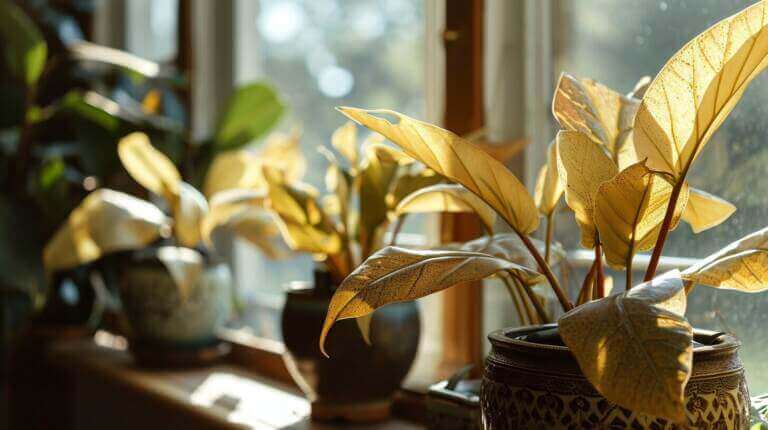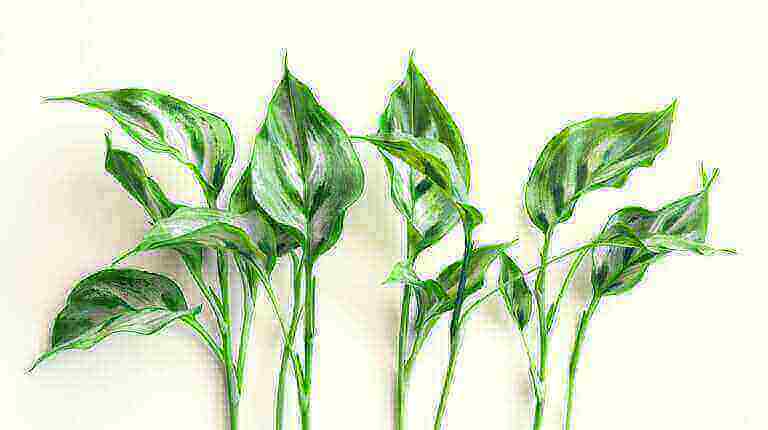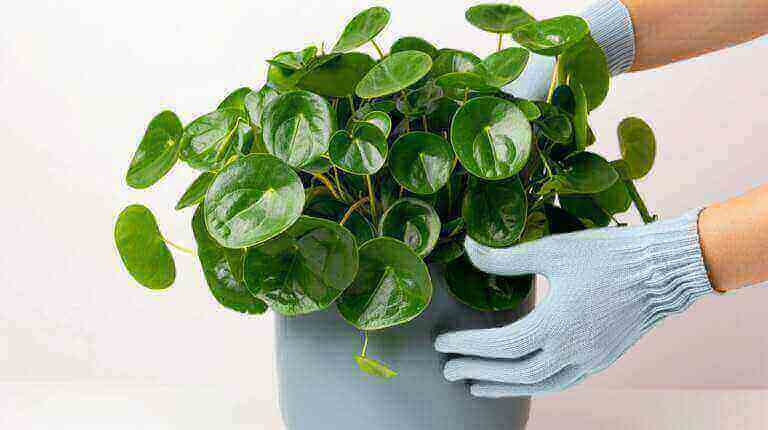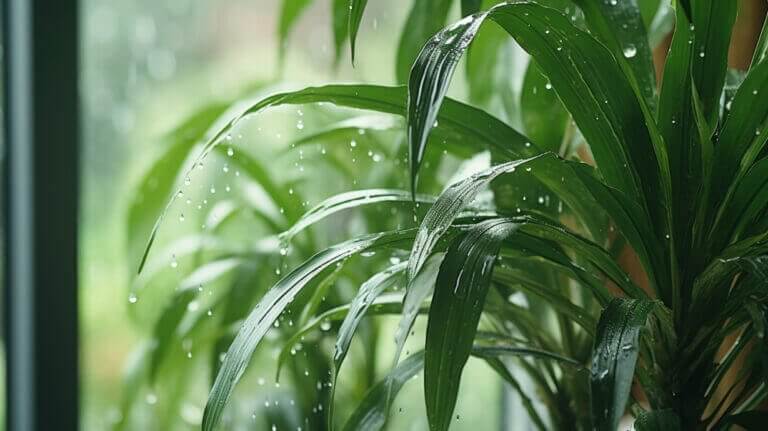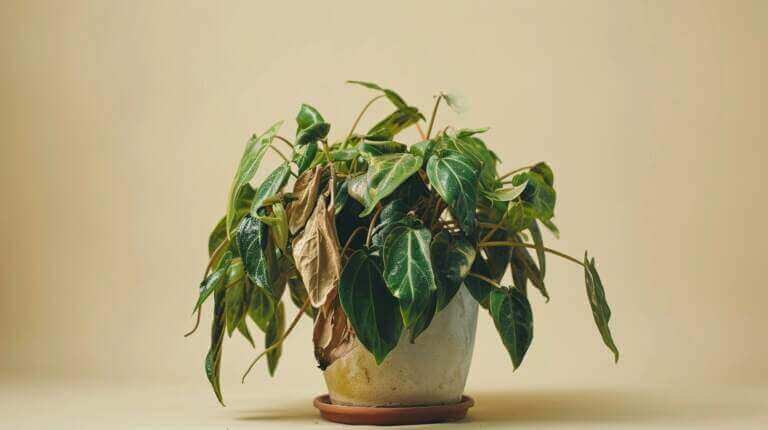The Best Soil And Pot Size For Your Indoor Schefflera Umbrella Plant
Umbrella plants, also known as Schefflera umbrella tree, are low-maintenance houseplants that can add beauty to any room. To ensure the proper growth and health of your umbrella plant, it is important to choose the right pot size and soil. Schefflera plants can have two different species – Schefflera arboricola and Schefflera actinophylla. They have similar care requirements and can tolerate direct or indirect light.
The pot size for your umbrella plant depends on its growth potential, with dwarf versions staying smaller while larger species can reach heights of up to 50 feet outdoors. Both species prefer well-draining soil to prevent root rot and should be watered when the top layer of soil is dry. Fertilize your umbrella plant once a month during the summer for faster growth, and trim or prune the plant to encourage bushier growth.
Key Takeaways:
- Choose the right pot size based on your umbrella plant’s growth potential.
- Use well-draining soil to prevent root rot.
- Water your umbrella plant when the top layer of soil is dry.
- Fertilize once a month during the summer for faster growth.
- Trim or prune to encourage bushier growth.
How to Plant and Repot Your Umbrella Plant
When it comes to planting or repotting your umbrella plant, there are a few key considerations to keep in mind. The right pot and soil can make all the difference in ensuring the health and growth of your Schefflera. Here are some tips to help you get it right.
Choosing the Right Pot
One of the most crucial factors in pot selection is drainage. It’s essential to choose a pot with drainage holes to prevent waterlogging and root rot. Without proper drainage, excess water can accumulate in the soil, suffocating the roots and causing them to rot. This can lead to stunted growth and even the death of your umbrella plant.
Additionally, consider the size of the pot in relation to the plant’s current size. The pot should provide enough room for the roots to spread and grow, but not be excessively large. Select a pot that allows for some growth but isn’t overwhelmingly spacious.
“Choosing the right pot with proper drainage is crucial for the overall health and well-being of your umbrella plant.” – Me
Selecting the Right Potting Mix
The type of potting mix you use is equally important for the success of your umbrella plant. Opt for a well-draining mix that retains enough moisture without becoming waterlogged. A peat-moss-based mix is a popular choice, as it offers good drainage while retaining enough moisture for the plant’s needs.
Remember, the potting mix should also be rich in nutrients to support the plant’s growth. Look for mixes that contain organic matter or consider adding in slow-release fertilizers to provide a steady supply of nutrients.
How to Repot Your Umbrella Plant
Repotting your umbrella plant every few years is necessary to allow for growth and prevent root bind. Spring is the ideal time to repot, as it coincides with the plant’s active growth period. To repot, gently remove the plant from its current pot, loosen the roots, and place it in the new pot with fresh potting mix.
After repotting, water the plant thoroughly to settle the soil and provide the roots with moisture. When watering, make sure to empty the drainage saucer to avoid waterlogged roots. Regularly monitoring the moisture level of the soil and watering when the top layer is dry will help keep your umbrella plant healthy and happy.
| Potting Tips | Repotting Frequency | Watering Guidelines |
|---|---|---|
| Choose a pot with drainage holes | Every few years, in spring | Water when top layer of soil is dry |
| Use a well-draining potting mix | Prevents root bind and supports growth | Avoid waterlogged soil to prevent root rot |
| Repot in the spring for active growth | Allows for root expansion | Empty drainage saucer after watering |
Propagating and Troubleshooting Your Umbrella Plant
When it comes to expanding your collection of umbrella plants, propagating them through stem cuttings is a simple and rewarding process. Start by selecting a healthy stem near the base of the plant. With a clean pair of pruning shears, make a clean cut just below a node. Dip the cut end in rooting hormone to promote successful rooting, then plant the cutting in a small container filled with well-draining potting soil. Keep the soil consistently moist and place the container in an area with bright, indirect light. Within a few weeks, you should begin to see new roots forming, indicating successful propagation.
While umbrella plants are generally easy to care for, they are not immune to plant diseases. Two common diseases that can affect Schefflera are bacterial leaf spot and alternaria leaf spot. To prevent these diseases, avoid overhead watering and ensure good air circulation around the plant. If necessary, consider using a copper fungicide to treat any infected areas. Regularly inspecting your plant for signs of disease and addressing them promptly can help maintain the overall health of your umbrella plant.
Indoor plants, including umbrella plants, can also attract pesky pests like spider mites and scale insects. These tiny creatures can cause damage by feeding on the plant’s leaves and stems. To combat them, use an insecticidal soap according to the manufacturer’s instructions. It is essential to treat the infestation early before it becomes severe. If the pest problem persists despite your efforts, seeking professional help from a pest control specialist may be necessary to effectively eliminate the infestation and protect your umbrella plant.
By following proper care guidelines and providing your umbrella plant with the right soil, pot size, and conditions, you can ensure its growth and longevity. Remember to regularly monitor your plant for signs of disease or pest infestation so that you can address any issues promptly. With a little attention and care, your umbrella plant (schefflera) can thrive and continue to bring beauty to your indoor space.
FAQ
What pot size should I choose for my umbrella plant?
The pot size for your umbrella plant depends on its growth potential. Dwarf versions can stay smaller, while larger species can reach heights of up to 50 feet outdoors. Choose a pot that allows for growth but is not too large to avoid waterlogging and root rot.
What type of soil should I use for my umbrella plant?
Use a well-draining potting mix that is rich in nutrients, such as a peat-moss-based mix. This will help prevent root rot and provide the necessary nutrients for your plant’s growth.
How often should I water my umbrella plant?
Water your umbrella plant when the top layer of soil is dry. This will help prevent overwatering and root rot. Make sure to empty the drainage saucer to avoid waterlogged roots.
How often should I fertilize my umbrella plant?
Fertilize your umbrella plant once a month during the summer for faster growth. Use a diluted plant fertilizer to avoid overfertilization.
How can I propagate my umbrella plant?
You can propagate your umbrella plant through stem cuttings. Simply cut a stem near the base of the plant, dip the cut end in rooting hormone, and plant it in a small container filled with potting soil. Keep the soil moist and place the container in bright, indirect light.
What are common plant diseases that umbrella plants can get?
Umbrella plants can be susceptible to bacterial leaf spot and alternaria leaf spot. To prevent these diseases, avoid overhead watering and use copper fungicide if necessary.
How can I treat pests on my umbrella plant?
Indoor plants may attract pests like spider mites and scale insects. Treat these pests with insecticidal soap or seek professional help if the infestation is severe.
How often should I trim or prune my umbrella plant?
Trimming or pruning your umbrella plant can help maintain its shape and encourage bushier growth. It is recommended to trim or prune as needed to keep the plant looking neat and healthy.


